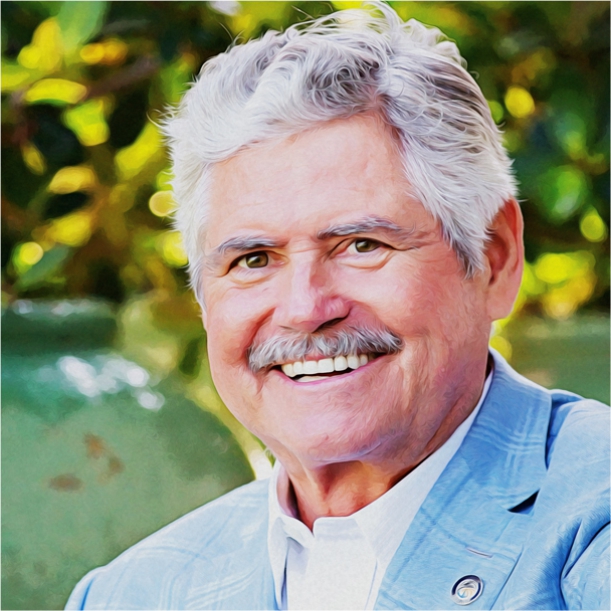
"Busting the following myths:
MYTH 1: Do not work your entire ‘to-do’ list
MYTH 2: Entrepreneurs work on improving their weaknesses
MYTH 3: Most people do what they have learned to do
MYTH 4: Mistakes are bad
MYTH 5: Plan forward one step at a time to attain your big goals"
MYTH 1: Do not work your entire ‘to-do’ list
Do not try to do everything. In fact, do very few things, but accomplish your most important priorities. I have learned by watching our companies’ CEOs that those who allocate their time trying to getting the largest number of tasks accomplished lose.
People who focus on, and complete, their most important priorities…win! They are highly successful. So prioritise aggressively.
If you asked me in January how many priorities I hope to accomplish this year, I would tell you, “Not very many I hope.” But I could tell you the three that would be extremely gratifying that I might possibly achieve this year.
Those who make certain they accomplish their biggest priorities win.
Myth 2: Entrepreneurs work on improving their weaknesses
Contrary to this popular belief, entrepreneurs create value by living their strengths. For example, I am not very organised—I thrive on creating ideas and action—so I have someone else help with organization, while I create new ideas and take action. It works wonderfully! Find teammates who excel in your weak areas—living your strengths is where you improve the world.
Consider the ultra-successful Elon Musk. He effuses messianic belief, right? But is he strong in providing detailed proof his dreams will work? No, he does not appear to care about that—his brilliant insights into the future, combined with his incredible irrefutable belief allows him to raise billions of dollars for ideas and turn them into reality. Elon Musk works his strengths! And does he work on weaknesses? I solely see him implementing his gifts and succeeding by doing that.
MYTH 3: Most people do what they have learned to do
And that sounds correct, right? It is wrong. Successful people do what they have discovered, rather than what they have learnt. Become a discoverer. Do that by asking ‘what if’ questions... what if I try this, or I do that? What if things don’t actually work that way? Experiment and learn to do things in new ways. Have a discovery mindset. You will love the adventure of innovating. In our business, we do everything differently than we did twenty years ago. We have experimented to find improvement and bring the future into our lives today.
In my younger years I tried to buy companies at good values, i.e. at lower prices. I gradually learned that the biggest value is created by growth. We now gladly pay high prices for great growth companies. When we are right, they keep growing and growing and over the years, our money is multiplied many times. When our firm can assist with strategy and growth, we have great results even paying high prices.
MYTH 4: Mistakes are bad
We are taught that mistakes are bad. That is also wrong. Winning entrepreneurs make lots of mistakes. My greatest education has come not from school, but from my mistakes. I make lots of mistakes, and learn from them.
Here’s the secret—during school, to achieve top grades, one must make no mistakes. After graduation, it is the opposite! Now those who makes the most mistakes—win! Why? Because learning to succeed is a trial and error process. Note all the famous entrepreneurs who have failed many times, and then succeeded. If you learn from your mistakes, you actually want to make plenty of them, because each mistake is a new teacher to you, and after making enough, you have learned enough to become very successful!
One of our CEOs made an acquisition that was performing badly. At age 65, he moved to that company, dove into the problems, made smart changes, and in six weeks, got things running smoothly. He said, “I made the mistake so I felt responsible to our team to fix it.” How would you guess he has done since then? He has grown so successfully that his healthcare company now helps over six million patients per year.
Myth 5: Plan forward one step at a time to attain your big goals
That is wrong too. Actually, this is the reason why goals are not achieved—because people usually cannot see the first step to take, or the next action to move them towards their goal or vision. Once again, do the opposite—plan backwards!
The way to see the next step is to do the opposite—do not try to see the next step. Here is the way to see your pathway to your objective: envision where you wish to be at the pinnacle of an accomplishment in the future, describe that carefully, and then plan backwards from that point in logical steps, to where you are today. It is just like when, as kids, we were working on solving those maze puzzles on paper, where we had to find the right path. We learned to start at the end, ie, the center, and work backwards to the beginning. Why does planning backwards work? It works because we humans cannot fly—in other words we cannot leap a large distance forward. We can only climb one step at a time. At the bottom of the mountain, our vision is obscured by tall bushes and brambles.
Most people try one step, encounter difficulty or confusion, and give up because they do not see their steps forward: their pathway! Planning backwards illuminates each step to take and the path. Plan backwards to your success.
These five myths prevent most people’s success. They may make good progress difficult to deliver. Explode these myths and do what I’ve seen great entrepreneurs do for consistent triumphs.
Log In or become an AIMA member to read more articles
